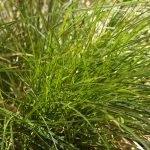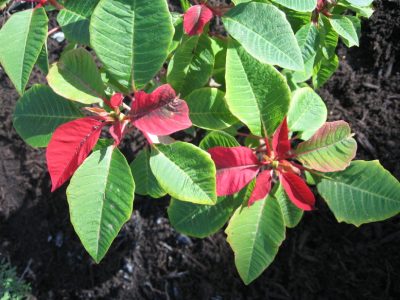What does root hardy mean? Is it air or soil temperature?
If the plant tag says that it’s hardy to 32 degrees, is that air temperature or soil temperature? Well, hardiness does refer to how well a plant tolerates cold temperatures. This is most often discussed in terms of hardiness zones, developed by the USDA. The smaller the zone number, the colder the temperatures in that region. For example, Central Texas a zone 8 area, and the coldest parts of Alaska are zone 1.
When describing a plant’s hardiness, the soil temperature is very important, but the air temperature is what is used for reference. Most people don’t have soil thermometers, but we can all check the weather to see what our area’s low temperature for the night is going to be, so the air temperature is more useful to us in practice. And we know that if the air is a certain temperature, then the soil will be a comparable temperature, but not as cold. But even if the air is below freezing, the soil probably won’t be.
In December when I had two nights in a row in the mid 20’s at my house, I measured the temperature of the soil, and it was only 40 degrees. Because the air is colder than the soil, many temperate zone plants have developed the strategy of dropping their tender leaves, or even sacrificing their entire body, to hunker down into the soil, where it’s relatively warmer. Plants that have this strategy are called perennials if they’re relatively herbaceous, like our native echinaceas and gazanias, and root hardy if they’re woody, like lantana and esperanza.
And if a plant is listed as “hardy” to a certain temperature, it is likely to be killed if temperatures drop below that number. To protect your perennial and root hardy plants in the winter, be sure to mulch very well before the first freeze, piling the mulch up much higher around the root zone than you normally might.

 Patrick Kirwin
Patrick Kirwin Patrick Kirwin’s Plant List
Patrick Kirwin’s Plant List George Altgelt
George Altgelt Daphne Richards
Daphne Richards